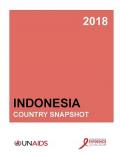What's New
Displaying results 1481 - 1490 of 4924
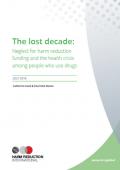
The Lost Decade: Neglect for Harm Reduction Funding and the Health Crisis among People who Use Drugs
Resource | Publications,
In Harm Reduction International’s 2010 report on the state of global funding for harm reduction, we stressed, ‘more money is needed for harm reduction, and it is needed now’. Sadly, this statement remains true in 2018. Harm reduction interventions for people who use drugs—such as needle and syringe programmes (NSP) and opioid substitution therapy (OST)—are cost-effective, protect against HIV and hepatitis C, and save lives. Despite the potential for these interventions to contribute to healthier communities, funding for harm reduction in lowand middle-income countries (LMICs) has flat-lined over the past decade.
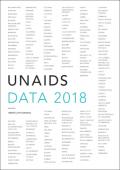
Resource | Publications,
The global AIDS response is at a precarious point — partial success in saving lives and stopping new HIV infections is giving way to complacency. At the halfway point to the 2020 targets, the pace of progress is not matching the global ambition. There is a prevention crisis. The success in saving lives has not been matched with equal success in reducing new HIV infections. New HIV infections are not falling fast enough. HIV prevention services are not being provided on an adequate scale and with sufficient intensity and are not reaching the people who need them the most.
This edition of UNAIDS data contains the very latest data on the world’s response to HIV, consolidating a small part of the huge volume of data collected, analysed and refined by UNAIDS over the years. The full data set of information for 1990 to 2017 is available on aidsinfo.unaids.org.
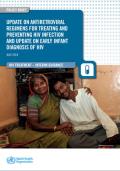
Resource | Laws and Policies,
Since 2016, WHO has recommended tenofovir disoproxil fumarate (TDF) + lamivudine (3TC) (or emtricitabine, FTC) + efavirenz (EFV) 600 mg as the preferred first- line antiretroviral therapy (ART) regimen for adults and adolescents. WHO recommended dolutegravir (DTG) as an alternative option to EFV for first-line ART because of the uncertainty regarding the safety and efficacy of DTG during pregnancy and among people living with HIV receiving rifampicin-based tuberculosis (TB) treatment. In 2016, WHO recommended that HIV virological testing be used to diagnose HIV infection among infants and children younger than 18 months and that ART be started without delay while a second specimen is collected to confirm the initial positive virological test result.
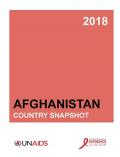
Resource | Reviews and Snapshots,
This provides an interactive report with colourful infographics and bite-size information on the HIV epidemic and response on key populations at higher risk of HIV in Afghanistan.
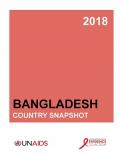
Resource | Reviews and Snapshots,
This provides an interactive report with colourful infographics and bite-size information on the HIV epidemic and response on key populations at higher risk of HIV in Bangladesh.
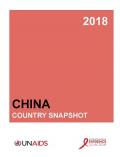
Resource | Reviews and Snapshots,
This provides an interactive report with colourful infographics and bite-size information on the HIV epidemic and response on key populations at higher risk of HIV in China.
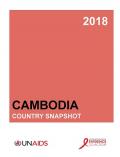
Resource | Reviews and Snapshots,
This provides an interactive report with colourful infographics and bite-size information on the HIV epidemic and response on key populations at higher risk of HIV in Cambodia.
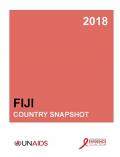
Resource | Reviews and Snapshots,
This provides an interactive report with colourful infographics and bite-size information on the HIV epidemic and response on key populations at higher risk of HIV in Fiji.
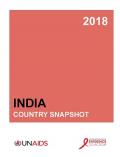
Resource | Reviews and Snapshots,
This provides an interactive report with colourful infographics and bite-size information on the HIV epidemic and response on key populations at higher risk of HIV in India.






